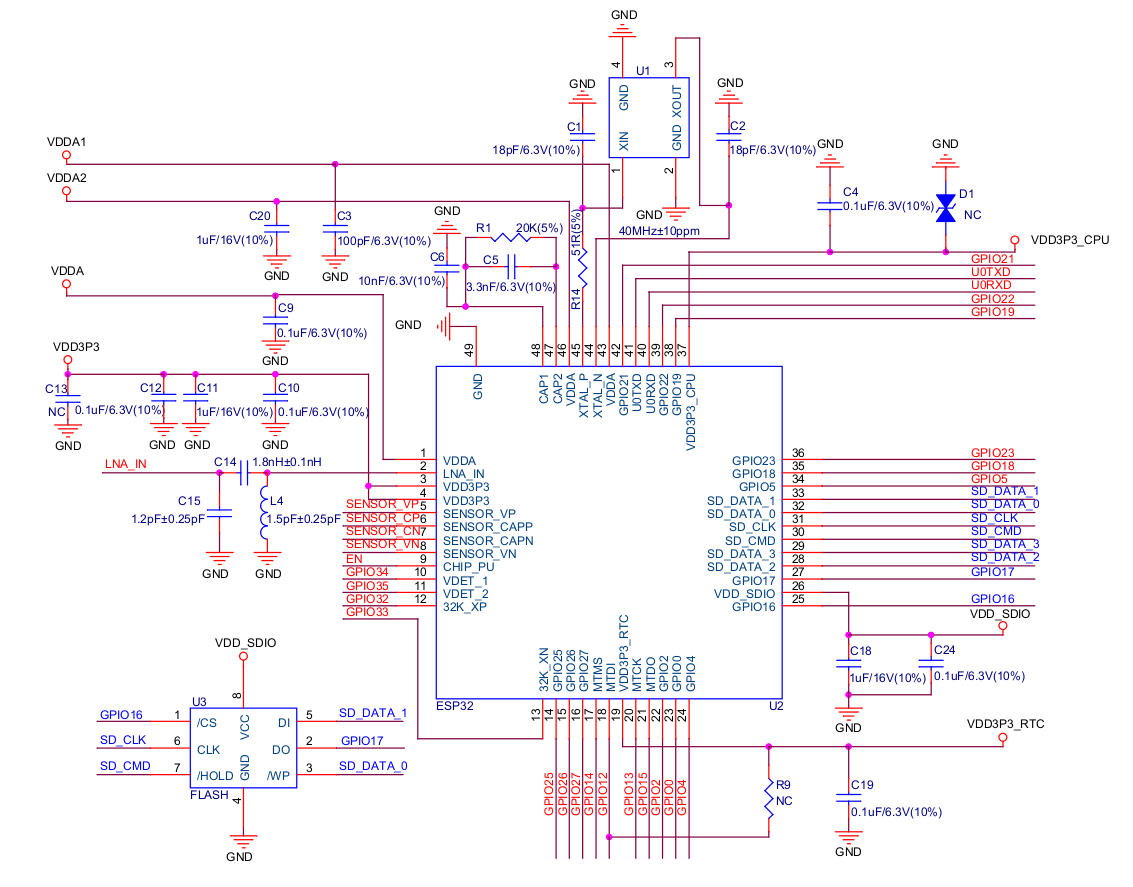

- #Spi serial flash programmer schematic design how to#
- #Spi serial flash programmer schematic design code#
- #Spi serial flash programmer schematic design Pc#
- #Spi serial flash programmer schematic design series#
#Spi serial flash programmer schematic design series#
If you just want the bootstrap programmer to program many ATS and ATLP series 8051’s, PICs, TINY’s and AVRs, you can probably omit the Atmel AT89LP2052 or AT89LP4052, but including the chip and using the SPIEL interface is still a better choice for programming other devices, as it can then read the SPI link as well.
#Spi serial flash programmer schematic design how to#
This first project builds the bootstrap programmer, and the next project will show you how to use the SPI Encapsulation Link to control and operate SPI peripherals directly. Most of all, you don’t need a complicated or expensive SPI programming device, because you can build this one with just a few common components.
#Spi serial flash programmer schematic design Pc#
You can even download the SPI bridge into an in-circuit MCU and access the board’s SPI devices as if they were connected to your PC via the serial port.

You can then also use this new SPI Encapsulation Link bridge to program other SPI programmable processors, using the in-system-programmable (ISP) capability.
#Spi serial flash programmer schematic design code#
This makes writing initialisation code easy, and verifying it even easier. However, because it’s machine and human-readable, you can literally craft SPI control strings on the fly, and accessing an SPI device, such as a display, is no more difficult than cutting and pasting a text document into a terminal program. The SPI bridge takes standard commands over a serial port and converts them to SPI data, then both writes and reads the data on the SPI bus via the chip’s SPI port. Upon completing this fairly basic circuit, you will be able to write an SPI bridge program in assembly language to an Atmel (Microchip) AT89LP2052 or AT89LP4052 which will let you talk SPI via a common TTL RS-232 cable. This, in turn, results in many problems that can be encountered when using this protocol with a new device, especially if you don’t have a well-made library to help out, and even then things can still go wrong. SPI is one of the few widely used defacto standards in existence, which leads to a lot of versions and variations with very little thought given to compatibility between manufacturers.


 0 kommentar(er)
0 kommentar(er)
